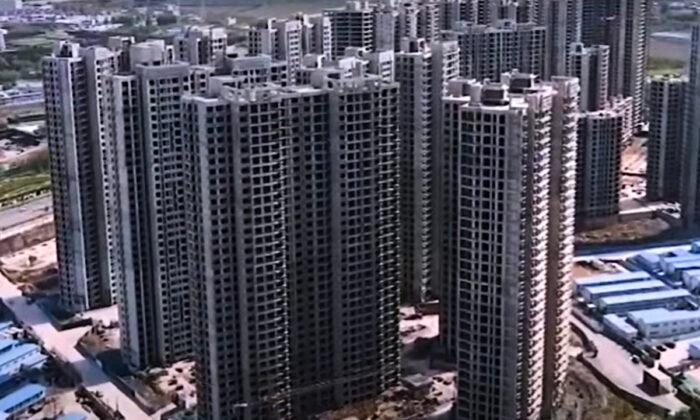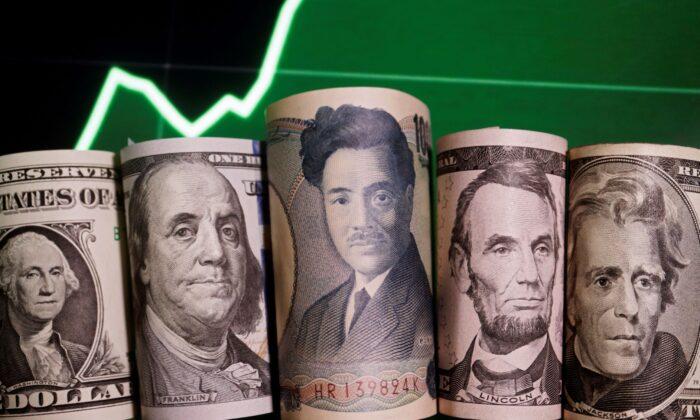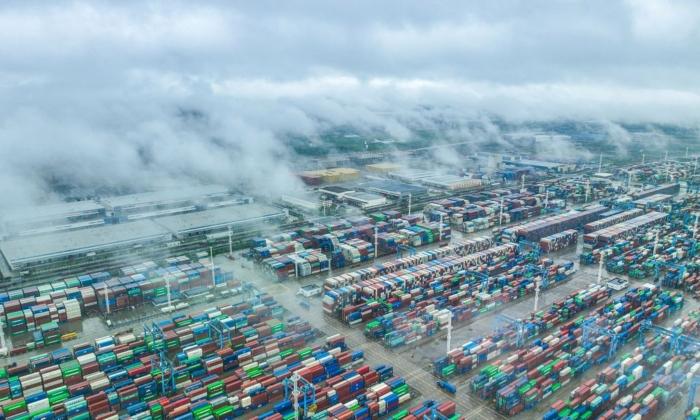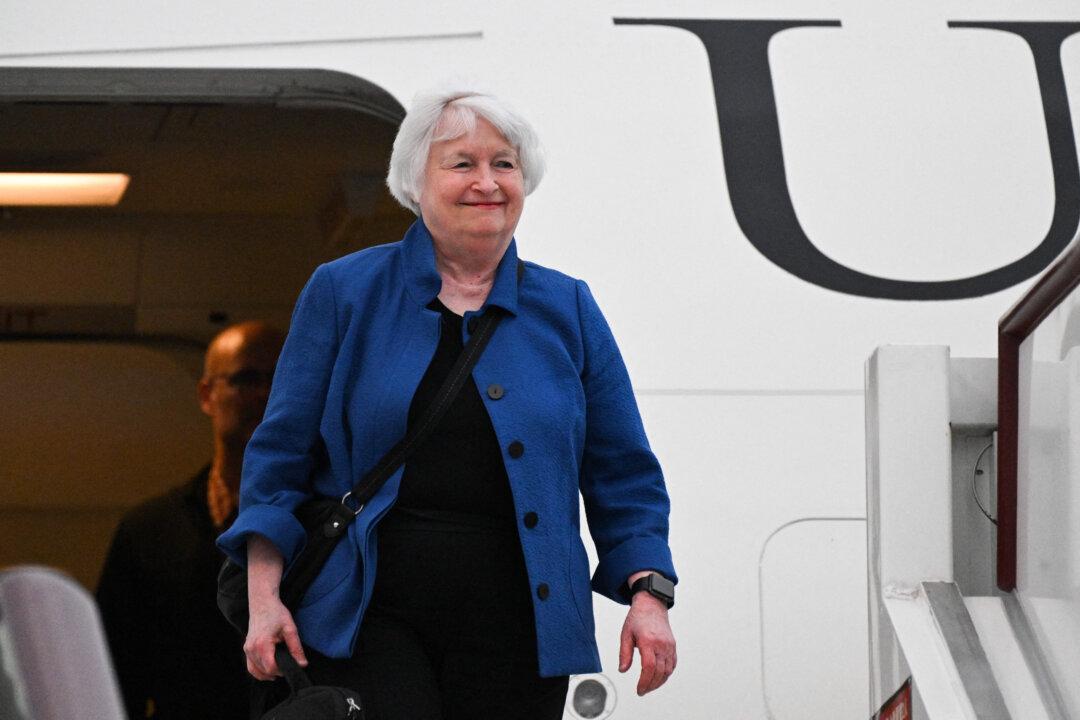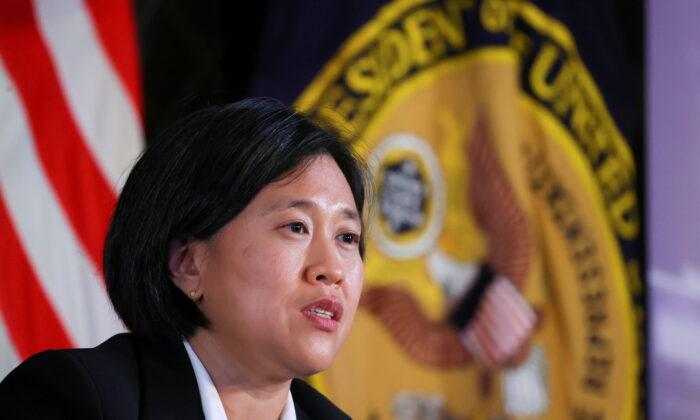The China debt crisis led by the real estate bubble burst will be unprecedented. Even a single major developer could have a trillion yuan (US$145 billion) debt; the overall total will be a mystery. Yet, we can still have a very vague idea about how significant the debt is by doing some basic arithmetic.
Life will be much simpler if we assume all problems originate from excess properties. Based on a 2018 report from the Survey and Research Center for China Household Finance of Southwestern University of Finance and Economics, there were 130 million vacant flats.
From real estate agents’ figures, the median housing price across cities is likely 20,000 to 30,000 yuan per square meter. Let’s take the lower end. Further, assuming a size of 50 square meters (or 545 square feet), each flat should be worth 1 million yuan (US$145,000). A total of 130 million excessive apartments should be valued at 130 trillion yuan (US$18.85 trillion). The above flat vacancy was estimated based on a vacancy rate of 21.4 percent, where 5 percent to 10 percent is internationally regarded as usual, and more than 10 percent is regarded as dangerous. This means that at least 11.4 percent of the above vacancy rate is dangerous.
Transforming to the total flats’ value, this is 69 trillion yuan (130 divided by 21.4, multiplied by 11.4), or roughly US$10 trillion (using an exchange rate of 6.9). This amount bubbled up over the years and should go to zero after full deleveraging. What concept is US$10 trillion, an astronomical number to most people? Look at the accompanying chart with the total debt issuance series in black—the total outstanding at the end—of 2021 was US$21.8 trillion. If 10 trillion has to be wiped out, the ultimate default rate could be as high as 40 percent to 50 percent, counting only real estate defaults.
 By comparing the total debt with those held by the central government, local governments, and external parties, one can see such US$10 trillion in potential bad debt should be largely raised by the private sector, given the outstanding by the government is less than this total. The recent rescue plan was about raising only up to 0.3 trillion yuan, or US$0.04 trillion, with the People’s Bank of China (PBoC) contributing, at most, 10 percent of this, i.e., US$0.4 billion. This is nothing but a joke. The message is clear: The green light of massive default is on.
By comparing the total debt with those held by the central government, local governments, and external parties, one can see such US$10 trillion in potential bad debt should be largely raised by the private sector, given the outstanding by the government is less than this total. The recent rescue plan was about raising only up to 0.3 trillion yuan, or US$0.04 trillion, with the People’s Bank of China (PBoC) contributing, at most, 10 percent of this, i.e., US$0.4 billion. This is nothing but a joke. The message is clear: The green light of massive default is on.Why do they let the too big to fail, fail? Because they know there’s really no way out. Even exhausting the US$3 trillion foreign exchange reserves, there’s still a US$7 trillion shortfall. China’s latest (May) monetary base stood at 32.5 trillion yuan, or US$4.8 trillion. This means that PBoC needs to print 1.5 times the existing monetary base to fill the gap. The Fed nearly did this before in 2008 by doubling its monetary base. Yet the U.S. dollar is an international currency. The result of the yuan following suit will be highly uncertain.
Seriously, there’s really no way out.
